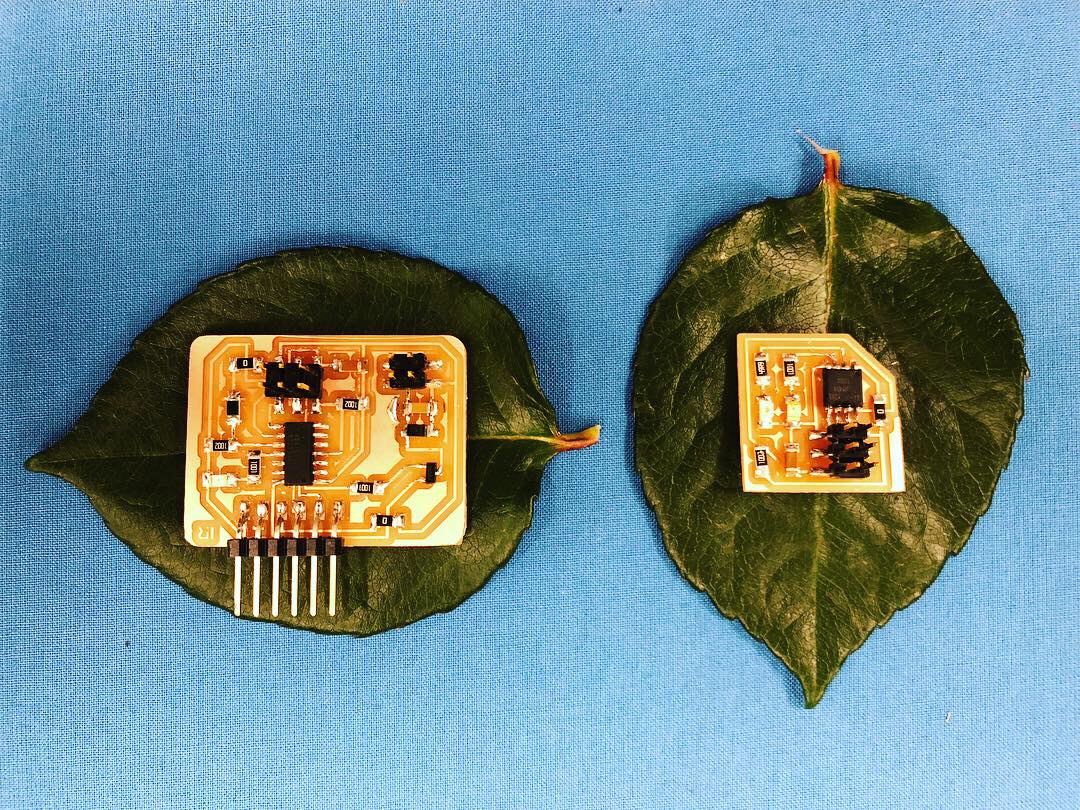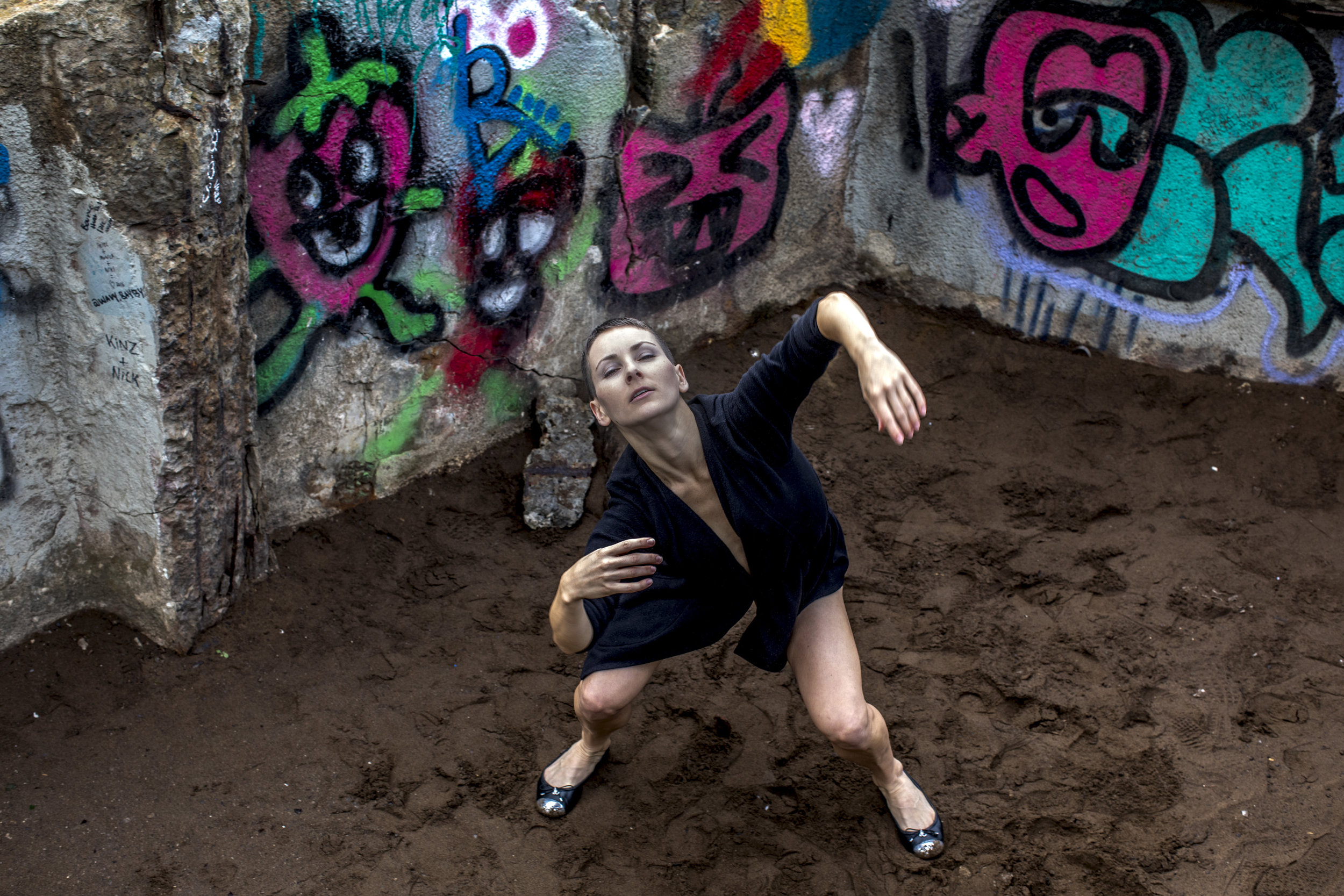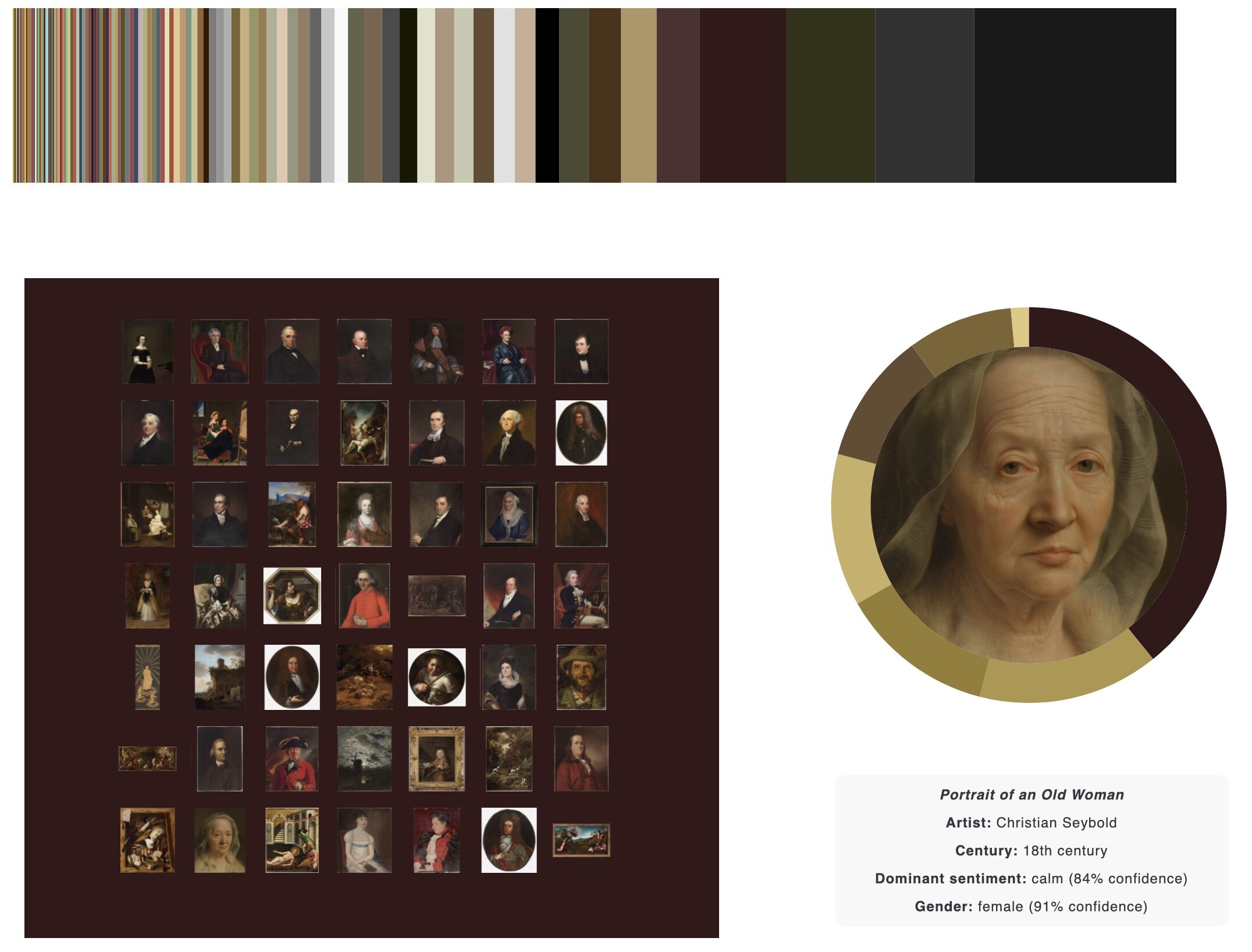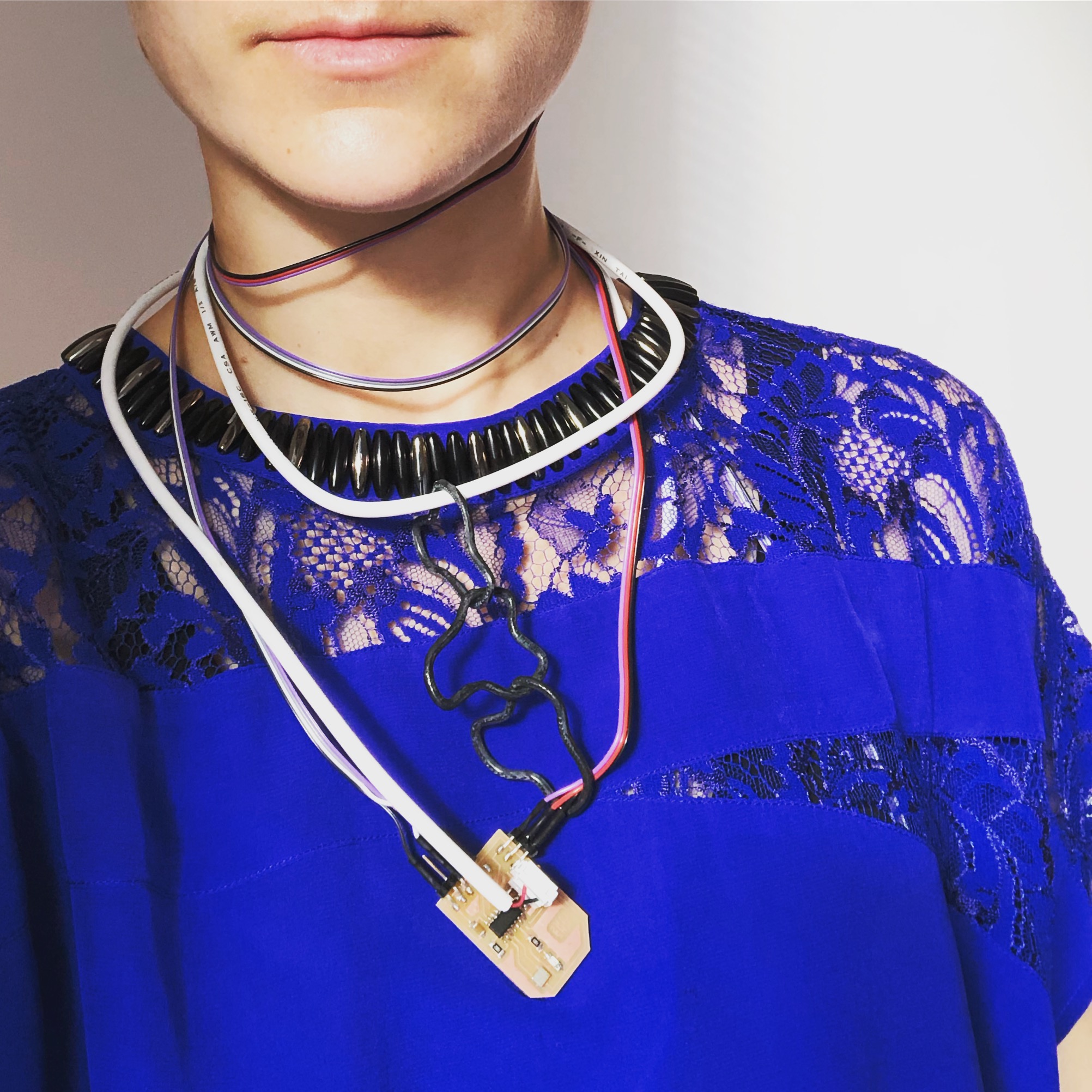My current research examines the body-data relationship from the interdisciplinary perspective of the performance arts, data representation, and AI. I am deeply curious about how performative bodies become information mediums through choreography, whether to make abstract data more sensorial and hence communicative as performance, or embodied data more legible and hence transferable to AI and other information systems. Relatedly, I am interested in how the body-medium is complicated by the subjective dweller who may affect the outcomes or very constitution of the data they are physically mediating. This has led me to experiment with designing choreographic interfaces aimed at increasing the kinetic and spatial interactivity between moving bodies and information systems, as well as with data kinesthetics, a method for translating datasets into performance scores or participatory expediences. Ultimately, these inquiries and projects ask: Given our physical indivisibility from our data-driven world, how can somatic and choreographic praxis help us to navigate the complexities of abstract information and the issues it produces like algorithmic bias, surveillance, and body/identity politics?
My research on the body-data relationship has been primarily incubated at metaLAB (at) Harvard, where I am a Researcher, and further supported by Harvard ArtLab, GALLIM Parent Moving Artist, and Maya Brin Institute for New Performance residencies. Most recently, I have presented it at On Data and Design online, the Dance Studies Association Conference in D.C. In addition to disseminating my work via presentations, workshops, and performance, I have published on the topic in peer-reviewed journals such as the International Journal of Performance Arts and Digital Media.
Throughout my career, I have found research and teaching to be symbiotic activities. Since moving to Washington, D.C., I have been a Professorial Lecturer at the George Washington University where I taught interaction design, and an Artist in Residence at the University of Maryland, College Park (UMD) where I presently teach full time across the School of Theatre, Dance, and Performance Studies. At UMD, I have especially enjoyed (re)designing the following theory-practice courses: Subversive Cultures and Performance, which surveys the performative approaches undertaken by subcultures or groups as well as by artists and designers to collectively usurp, disrupt, critique, counter, and radically go beyond dominant cultural narratives and power structures, and Dance, Data, Design, which explores methods for quantifying dance's kinesthetic data using motion capture technologies and other physical sensors with the goal of creating new ways of archiving, understanding, and experiencing dance. My current position has been generously funded by the Brin Family Foundation.
As a professional dancer (2004-17), I worked with RIOULT (Pascal Rioult), Nai-Ni Chen Dance Company, and TAKE Dance (Takehiro Ueyama) in New York City; José Navas/Compagnie Flak in Montréal; and Yannis Adoniou's KUNST-STOFF Dance Company and Hope Mohr Dance in San Francisco. With these companies, I had the opportunity to tour North America, Europe, and Asia. Highlights included dancing at the Place des Arts in Montréal, Guggenheim Museum Bilbao, the Oslo Opera House, and Korea's Modern Dance Festival.
In 2012, I launched Linsdans to serve as the platform for my solo performance work. One year later, I premiered POR·TRAI·TURE, my first solo show for which I received an Isadora Duncan Dance Award (Izzie), a coveted prize in the San Francisco where I was previously based. Following this success, and with the support of American Dance Abroad, the Zellerbach Family Foundation, and numerous residencies like the Djerassi Resident Artists Program, I had the opportunity to further develop and tour my solo work. Highlights included dancing at the Beijing Dance Festival, DOCK11 Berlin, and the Joe Good Annex in San Francisco. My solo work explored themes such as solitude, consumption, absurdity, suffering, and vitality through dance, video projection, and dramatic lighting props, and was often set to classical and electronic music.
In 2018, I began to look for a new medium that could elicit a similar social impact as dance but across multiple settings. This led me to the pervasive field of design. After earning a Master in Design Studies from the Harvard University Graduate School of Design where I graduated with distinction (my B.F.A. was from the State University of New York at Purchase College, Conservatory of Dance), I joined metaLAB (at) Harvard, a knowledge-design lab experimenting in the networked arts, humanities, and technologies.
Since joining the lab, I've been part of several AI projects that have all emphasized accessibility and social justice. At the Harvard Art Museums in 2022, we put on Curatorial A(i)gents, a digital exhibition exploring the creative relationship between AI and curatorial practice. Through the show's various machine learning experiments, 100s of works from "cold storage" were made accessible, and many marginalized or otherwise invisible artists/works were brought into focus. In addition to project-managing the highly collaborative exhibition, I artistically contributed Second Look: Gender and Sentiment on Show, a data visualization project based on the museum's portrait collection that interrogated the gender, sentiment, and color fields annotated by AWS's AI service. Furthermore, I co-developed a choreographic interface for digitally interacting with the show's screen-based projects using a gestural vocabulary while maintaining social distance. Last to highlight was my recent inclusion alongside noteworthy AI artists like Alexander Reben and Minne Atairu in SMALL VO1CE (2024), an exhibition at Honor Fraser, Los Angeles that examined the intersection of AI and instinct, intuition, and feelings. Here, I presented a two-channel video version of Data Sensorium, a dance project focused on making a dataset on environmental migration more accessible through performance. With all these engagements, I have approached AI as a critical subject and creative tool, which I continue to do in my various academic capacities.





